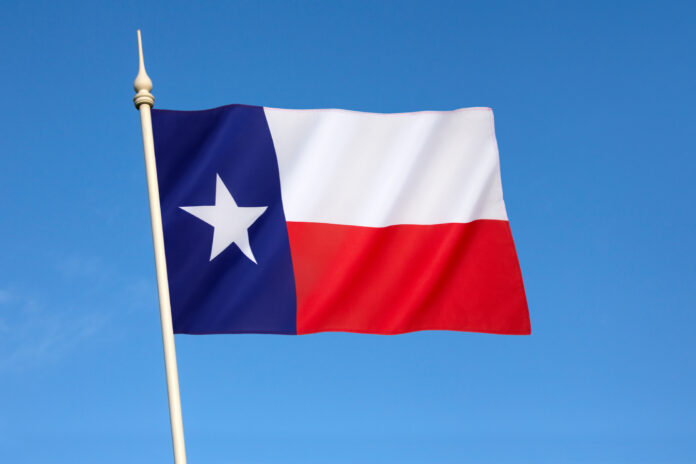Tesla CEO Elon Musk has confirmed that the company will begin testing its long-awaited robotaxi service in Austin, Texas, by the end of June. The electric vehicle maker plans to start with a small fleet of about 10 self-driving cars before scaling up to thousands if the trial goes smoothly.
In an interview with CNBC, Musk said the robotaxis will initially operate in “the safest” parts of Austin under geofencing restrictions, meaning they won’t roam freely across the entire city.
“It’s prudent for us to start with a small number, confirm that things are going well, and then scale it up,” Musk told CNBC.
How the robotaxi service will work
Tesla’s robotaxis will be Model Y vehicles equipped with the latest version of its Full Self-Driving (FSD) software called FSD Unsupervised. Unlike competitors like Alphabet’s Waymo, which uses lidar and radar sensors, Tesla relies on cameras and artificial intelligence for navigation.
“What will actually work best for the road system is artificial intelligence, digital neural nets, and cameras,” Musk said.
The cars will operate without human safety drivers, but Tesla employees will remotely monitor the fleet. “We’ll be watching what the cars are doing very carefully, and as confidence grows, less of that will be needed,” Musk added.
A high-stakes move for Tesla
The robotaxi launch is crucial for Tesla as the company shifts focus from mass-market electric vehicles to autonomous technology. Musk has repeatedly called self-driving cars the future of transportation, but Tesla has faced skepticism over safety concerns.
The National Highway Traffic Safety Administration (NHTSA) is currently investigating Tesla’s FSD software after reports of crashes in poor visibility conditions. Earlier this month, regulators requested details from Tesla on how its robotaxis will handle adverse weather conditions.
Despite challenges, Musk remains confident.
“The only things that matter in the long term are autonomy and Optimus,” he told CNBC, referring to Tesla’s humanoid robot project.
Political backlash and declining sales
Tesla’s push into robotaxis comes as the company faces declining EV sales, partly due to Musk’s controversial political ties.
Some Tesla owners, particularly those in the liberal-leaning Austin area, have expressed frustration. Protests have erupted outside Tesla dealerships, with demonstrators holding signs like “Fire Elon.”
Still, Musk downplayed the impact of politics on sales.
“When you buy a product, how much do you care about the political views of the CEO or even care what they are?” he asked.
If the Austin trial is successful, Tesla plans to expand its robotaxi services to Los Angeles and San Francisco. The company is also in discussions with other automakers to license its FSD software. For now, all eyes are on Austin, where Tesla’s self-driving future will soon hit the streets.
